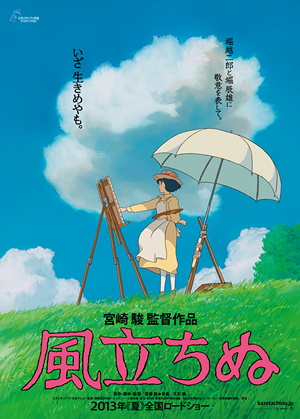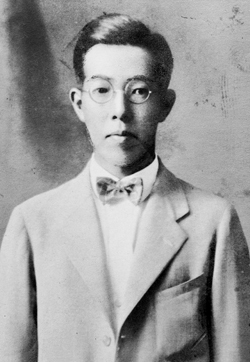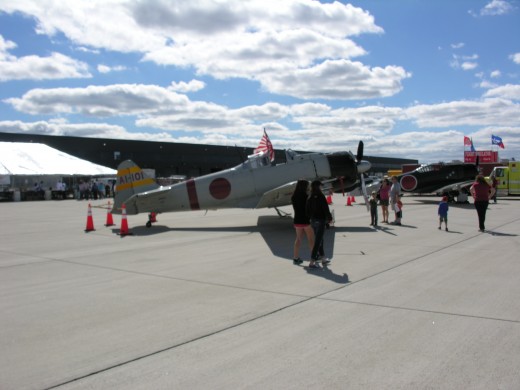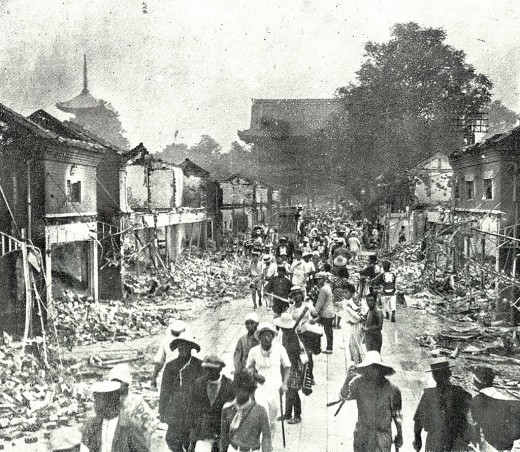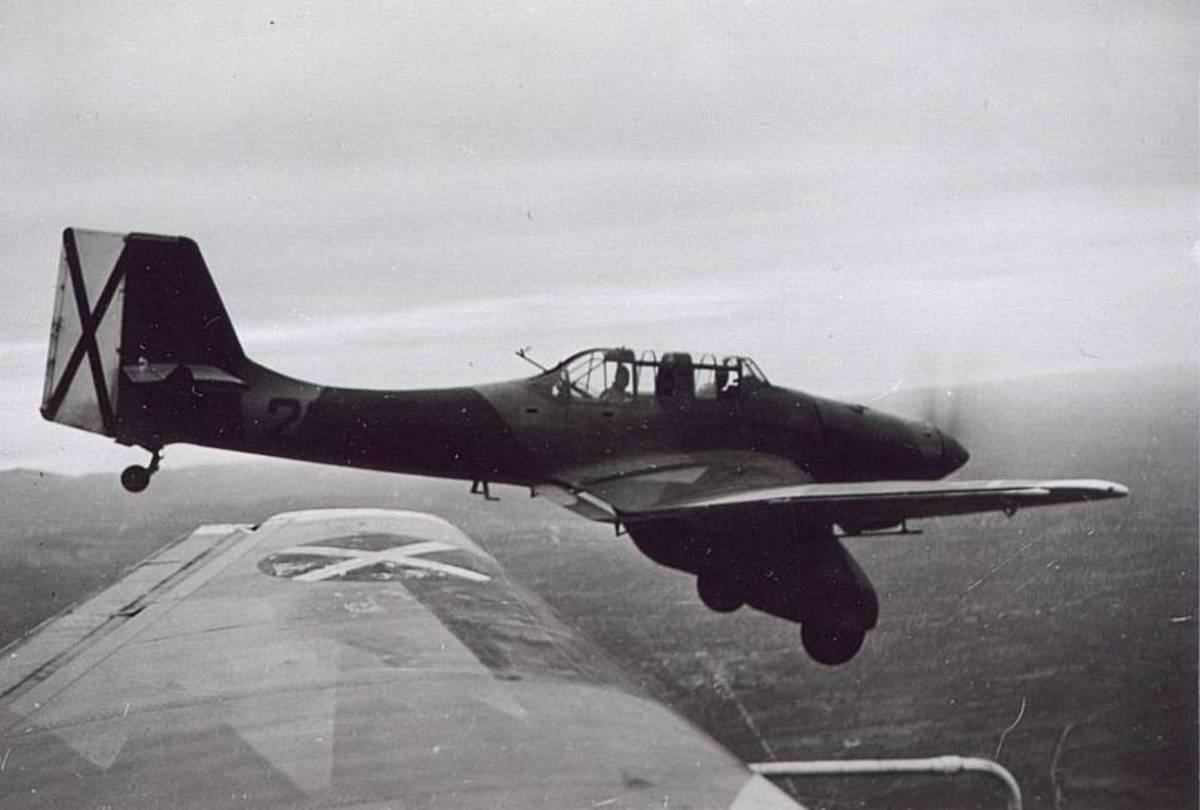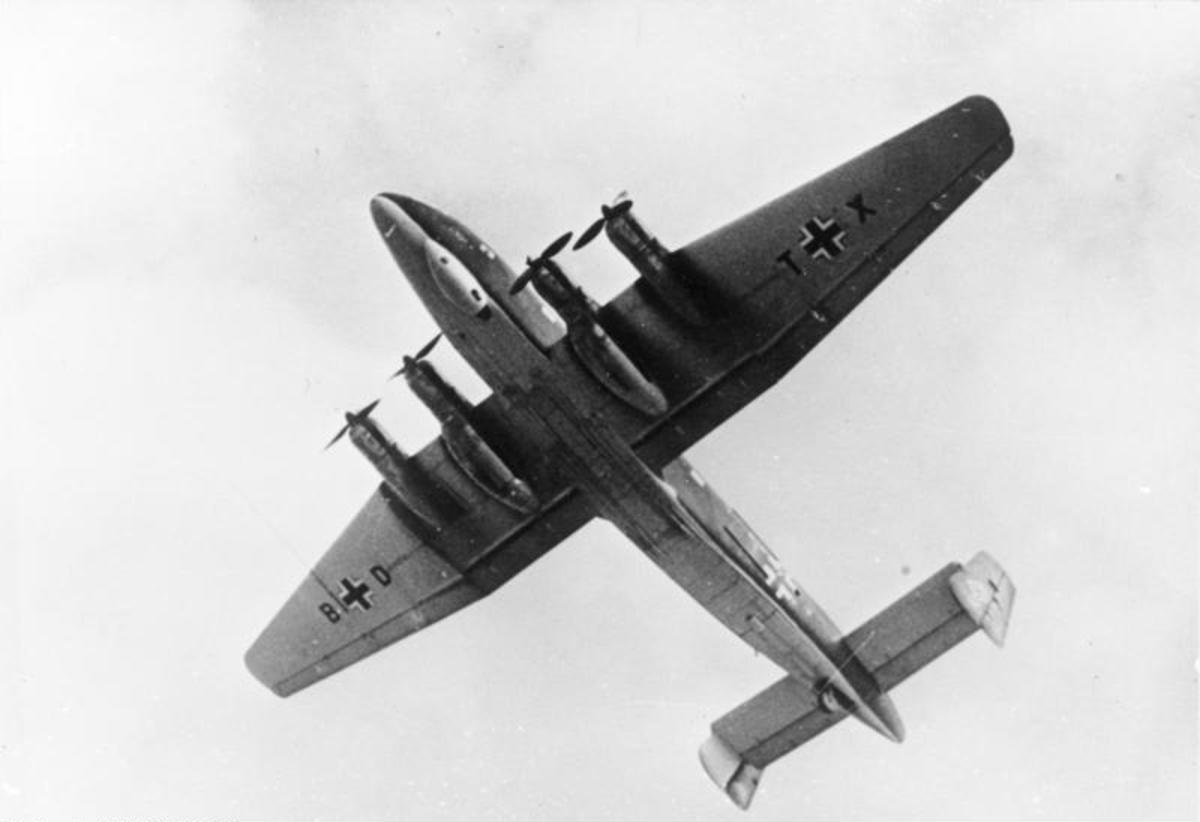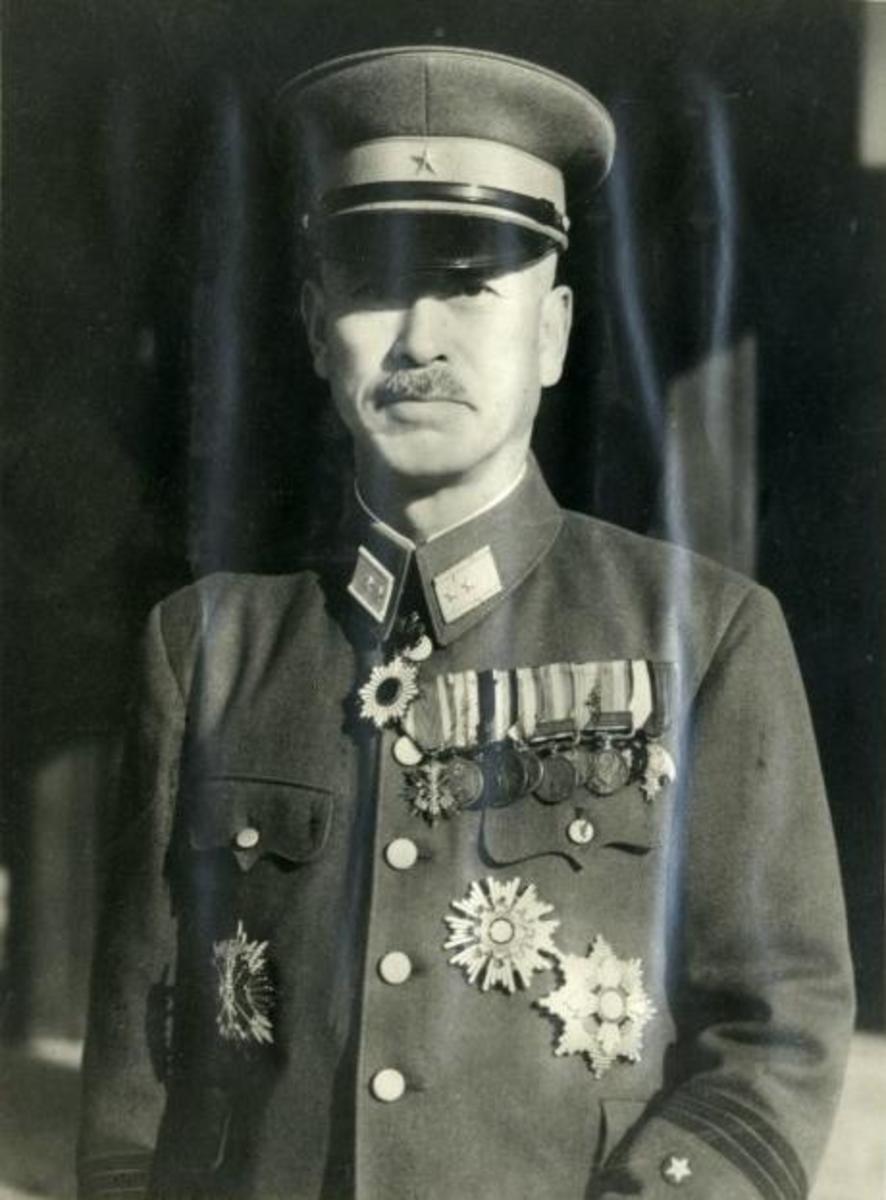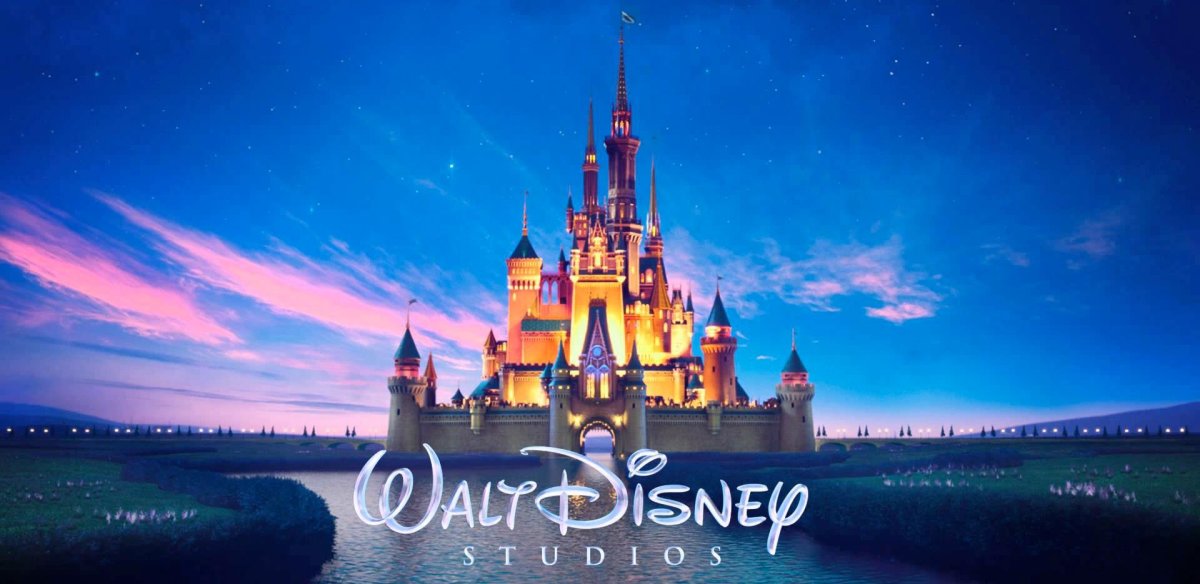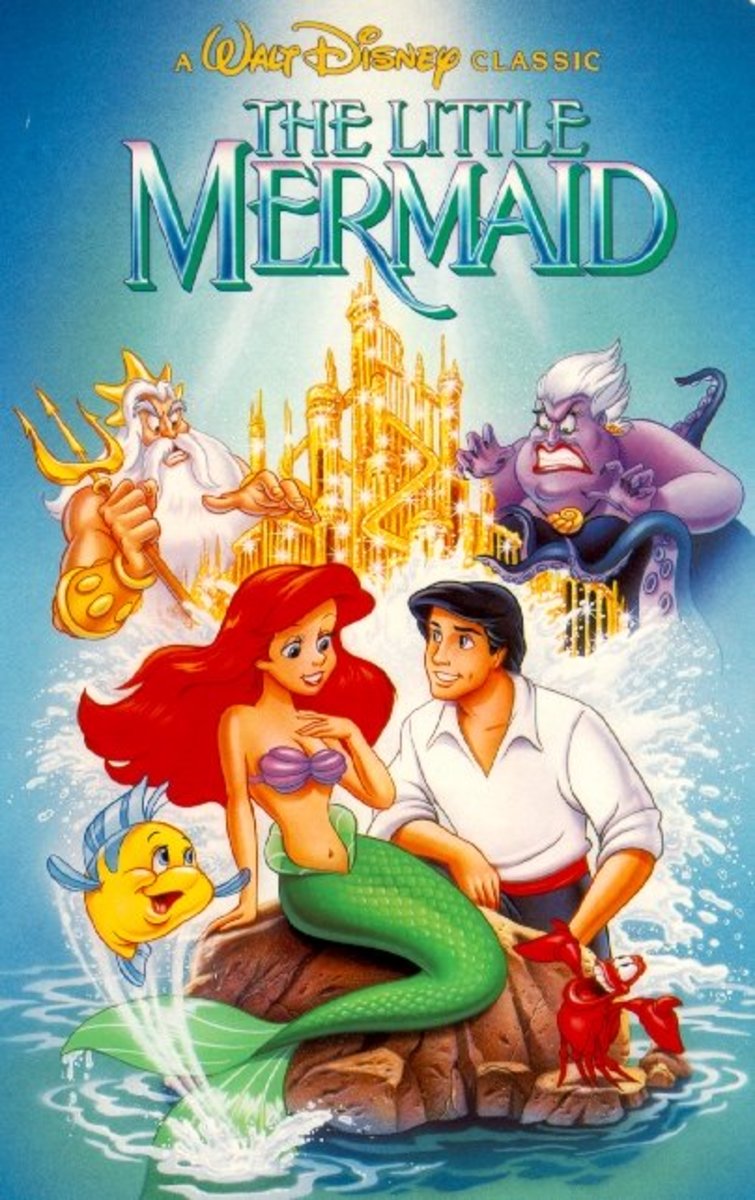Movie Review: The Wind Rises

Why I Saw The Wind Rises
Watching The Wind Rises was part of an extra credit assignment for my son who was taking an animation class. I took him to see this movie. All I knew about The Wind Rises was it was a Japanese animated movie. I assumed it was good because it was Japanese and my son’s teacher had it as an extra credit assignment. It is an excellent movie. I believe not knowing anything about it enhanced my viewing experience. Hayao Miyazaki wrote the screenplay and directed the movie. The movie was nominated for an Oscar for the Best Animated Feature Film of the Year. The movie won 26 other awards.




The Review
The movie begins in 1918 with a young Jiro Horikoshi dreaming about taking off in a flying machine from his house. His dream turns dark when German zeppelins appear and drop bombs. This simultaneous joy and sadness is repeated throughout the movie. In fantasy sequences famed Italian aircraft designer Giovanni Battista Caproni[i] guides Horikoshi. Jiro is a studious boy who is fascinated with aviation. His poor vision means he could never be a pilot. He could design airplanes. He becomes an aeronautical engineer for the Mitsubishi aircraft company. The movie depicts the 1923 Kanto Earthquake, the Great Depression, the tuberculosis epidemic, and the activities of the secret police in Japan and Germany. The movie shows prewar Japan as a backwards country in many respects. This is brought out when Horikoshi and other Japanese engineers visit the Junkers factory in Germany. The film favorably depicts Hugo Junkers.[ii] Horikoshi and the other Mitsubishi engineers have to contend with inferior Japanese engines and so have to make trade-offs to design aircraft with comparable performance to Western aircraft. Dr. Jiro Horikoshi designed the Mitsubishi A5M and later the famous/infamous Mitsubishi A6M Zero.
The movie characters age but they don’t change. What changes is the movie’s depiction and audience perception of these characters. Jiro’s younger sister at first appears the annoying little sister who interrupts Jiro from his studies. His grown up sister, a medical doctor, shows she is the person who makes Jiro aware of the needs of others and his responsibilities to his loved ones. Horikoshi’s boss first appears as an office tyrant with a Napoleonic Complex. He is later revealed as a generous and caring man with a strong sense of morality. Had this movie been made in live action it probably would not have been as good a movie. The fantasy scenes worked well and greatly enhanced the movie. The film was not made to be a historical biography of Dr. Horikoshi’s life. People who believe movies with historical figures should portray those figures and events in their lives accurately may have trouble getting past the movie’s factual inaccuracies.
[i] Giovanni Battista Caproni (1886-1957) – He built a series of bombers for the Italian military during World War I. He continued to build bombers and transports for the Italian military after the war and in World War II. His company, Caproni aircraft-manufacturing company, is probably most famous for the Caproni Campini N.1 a hybrid aircraft that used a piston engine to power the compressor of a jet engine.
[ii] Hugo Junkers (1859-1935) – Founder of the Junkers aircraft and engine company. He built the Junkers J 1, the first practical all-metal aircraft which specialized in strafing enemy positions during World War I. He also built the Junkers Ju-52 which was used as an airliner between the wars and as a military transport during and after World War II. The Nazi government forced him out of Junkers in 1934.
Should movies about historical figures portray them accurately?
This content is accurate and true to the best of the author’s knowledge and is not meant to substitute for formal and individualized advice from a qualified professional.
© 2015 Robert Sacchi

